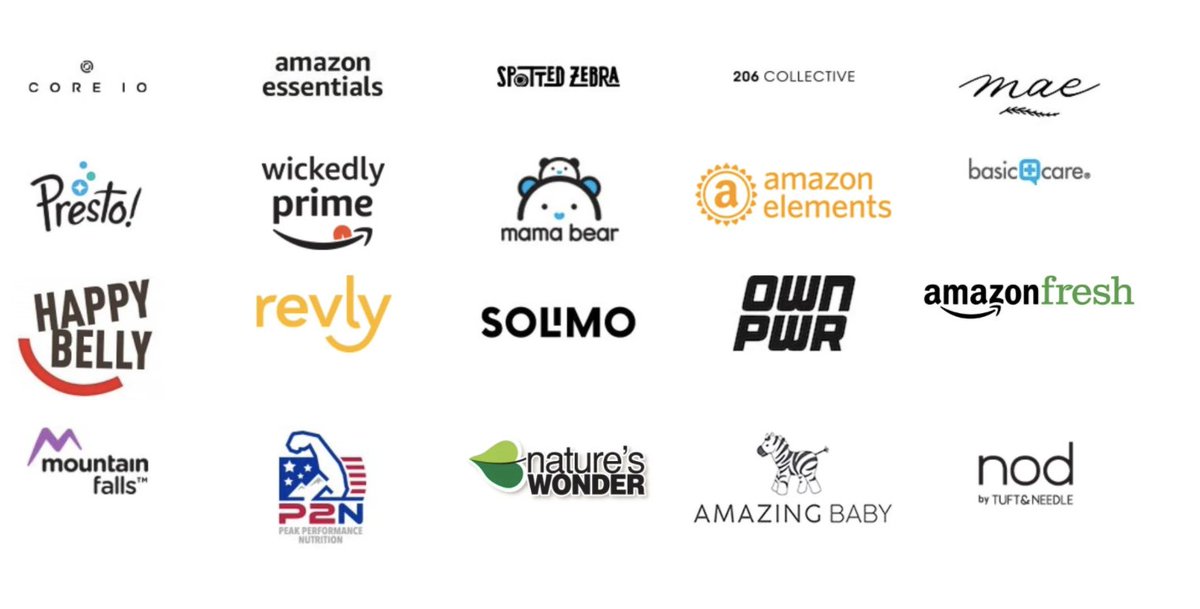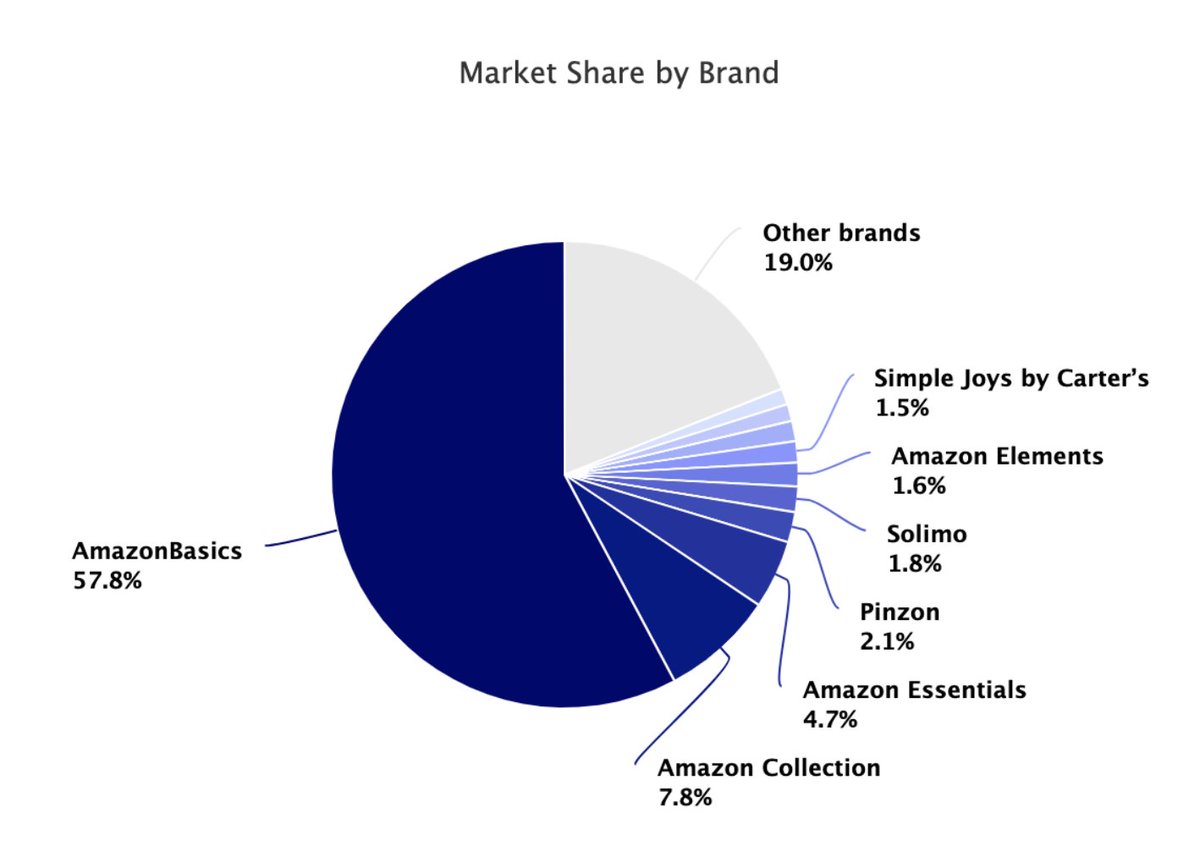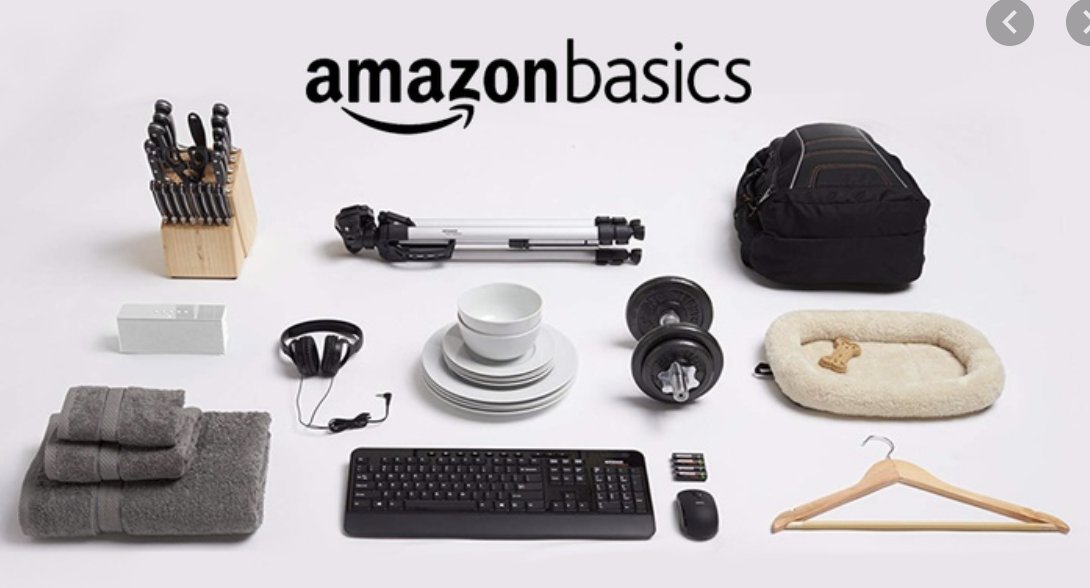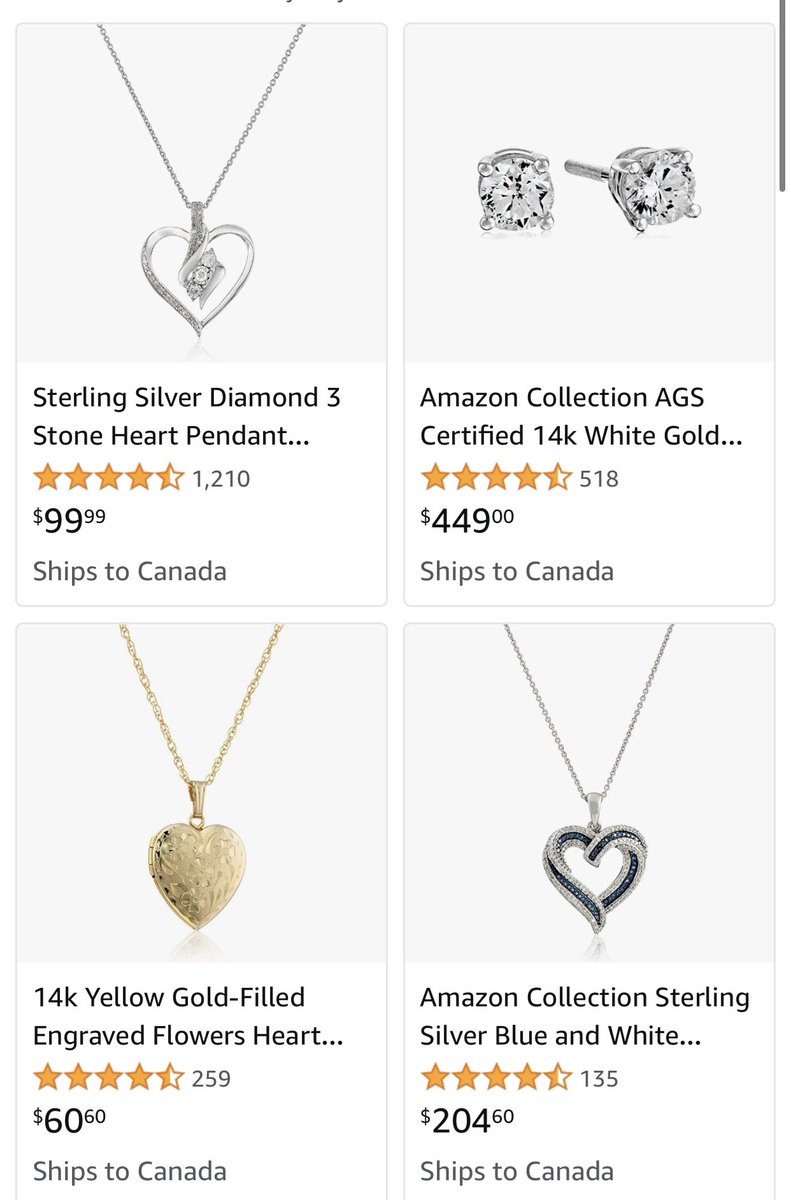Amazon’s white label business
Its ~1% of sales and prob not worth the regulatory scrutiny.
Thread

1/ The first white label product was the Amazon Basics battery in 2009. Within a few years, it had ⅓ of online battery sales, outselling Duracell and Energizer.
Its ~1% of sales and prob not worth the regulatory scrutiny.
Thread


1/ The first white label product was the Amazon Basics battery in 2009. Within a few years, it had ⅓ of online battery sales, outselling Duracell and Energizer.
2/ Today, Amazon has 400+ brands under “Our Brands” (some are private label and some are 3rd party exclusives).
By one estimate, these brands collectively bring in ~$1-2B of 2019 revenue (drop in the bucket for total: $280B)
Here are some:
By one estimate, these brands collectively bring in ~$1-2B of 2019 revenue (drop in the bucket for total: $280B)
Here are some:
3/ Of these 400+ brands, the top 4 account for 72% of sales (all with "Amazon" in name):
-- Amazon Basics
-- Amazon Collection
-- Amazon Elements
-- Amazon Essentials
-- Amazon Basics
-- Amazon Collection
-- Amazon Elements
-- Amazon Essentials
4/ AmazonBasics is everywhere
• 70% of word searches on Amazon are for generic goods rather than brands (e.g., “shoes”, not “nike”)...
• ...and AmazonBasics sells 1300+ generic products...
• ...so 5.4% of top 1000 search results end up with AmazonBasics as a top 3 choice
• 70% of word searches on Amazon are for generic goods rather than brands (e.g., “shoes”, not “nike”)...
• ...and AmazonBasics sells 1300+ generic products...
• ...so 5.4% of top 1000 search results end up with AmazonBasics as a top 3 choice
5/ What makes AmazonBasics tick?
AmazonBasics targets categories where:
--products themselves are commodities
--no brand “owns” the category as a result of fragmentation and downward price pressure
Top categories:
AmazonBasics targets categories where:
--products themselves are commodities
--no brand “owns” the category as a result of fragmentation and downward price pressure
Top categories:
6/ Like most white label offerings, Amazon’s pricing is LOW.
Of the top 10 white label brands, 49% are under $20.
Of the top 10 white label brands, 49% are under $20.
7/ Looking across the 400+ white label brands (totalling 23k+ products), the majority of them are clothes (48%)...
...followed by Home & Kitchen (11%) and Grocery (8%).
...followed by Home & Kitchen (11%) and Grocery (8%).
8/ Source: @MarketplacePulse (*data is for 2019)
In light of regulatory headaches ("AMZN stealing our products"), the white label biz is prob not worth it.
It accounts for ~1% of revenue (conversely, Costco’s Kirkland brand does $40B; ⅓ or revenue). https://www.marketplacepulse.com/articles/amazon-will-regret-building-private-label-brands
In light of regulatory headaches ("AMZN stealing our products"), the white label biz is prob not worth it.
It accounts for ~1% of revenue (conversely, Costco’s Kirkland brand does $40B; ⅓ or revenue). https://www.marketplacepulse.com/articles/amazon-will-regret-building-private-label-brands
9/ Amazon DOES have higher end brands:
--Nod by Tuft & Needle mattresses
--Stone & Beam furniture
--Rivet furniture
--Comfort Zone pet supplies
--Amazon Collection jewelry
Still doesn’t move the needle (eg. Amazon Collection jewelry has 4k+ items with an average price of $221)
--Nod by Tuft & Needle mattresses
--Stone & Beam furniture
--Rivet furniture
--Comfort Zone pet supplies
--Amazon Collection jewelry
Still doesn’t move the needle (eg. Amazon Collection jewelry has 4k+ items with an average price of $221)
10/ FYI, I got the @-mention wrong.
It’s @MarketplacePuls and — also for reference — it’s CEO @juokaz
It’s @MarketplacePuls and — also for reference — it’s CEO @juokaz
11/ Great point re: Target as reference https://twitter.com/vijayswamy/status/1344065778635702273

 Read on Twitter
Read on Twitter







 Wayfair = “Wayfair Parity Team”
Wayfair = “Wayfair Parity Team”  Shopify = “Project Santos” (ironically enough, “santos” means “saints”)
Shopify = “Project Santos” (ironically enough, “santos” means “saints”)




